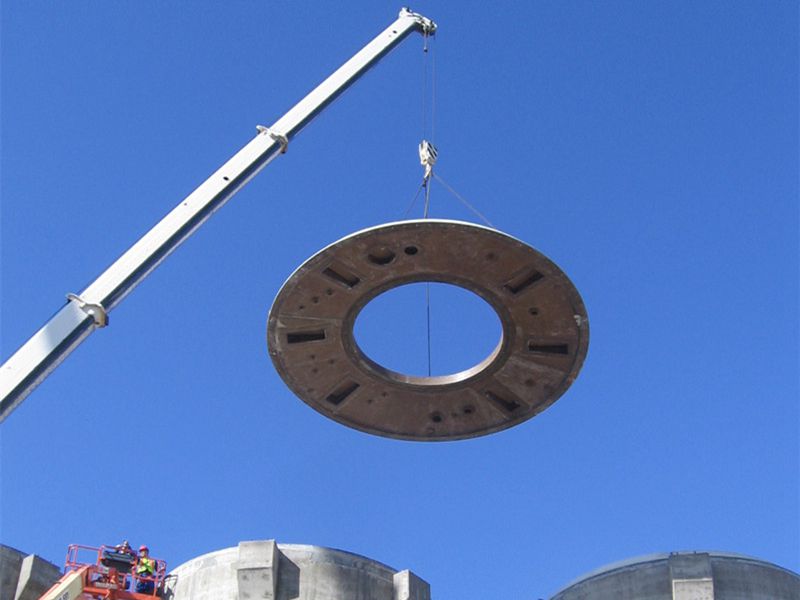
-
 Afrikaans
Afrikaans -
 Albanian
Albanian -
 Amharic
Amharic -
 Arabic
Arabic -
 Armenian
Armenian -
 Azerbaijani
Azerbaijani -
 Basque
Basque -
 Belarusian
Belarusian -
 Bengali
Bengali -
 Bosnian
Bosnian -
 Bulgarian
Bulgarian -
 Catalan
Catalan -
 Cebuano
Cebuano -
 China
China -
 China (Taiwan)
China (Taiwan) -
 Corsican
Corsican -
 Croatian
Croatian -
 Czech
Czech -
 Danish
Danish -
 Dutch
Dutch -
 English
English -
 Esperanto
Esperanto -
 Estonian
Estonian -
 Finnish
Finnish -
 French
French -
 Frisian
Frisian -
 Galician
Galician -
 Georgian
Georgian -
 German
German -
 Greek
Greek -
 Gujarati
Gujarati -
 Haitian Creole
Haitian Creole -
 hausa
hausa -
 hawaiian
hawaiian -
 Hebrew
Hebrew -
 Hindi
Hindi -
 Miao
Miao -
 Hungarian
Hungarian -
 Icelandic
Icelandic -
 igbo
igbo -
 Indonesian
Indonesian -
 irish
irish -
 Italian
Italian -
 Japanese
Japanese -
 Javanese
Javanese -
 Kannada
Kannada -
 kazakh
kazakh -
 Khmer
Khmer -
 Rwandese
Rwandese -
 Korean
Korean -
 Kurdish
Kurdish -
 Kyrgyz
Kyrgyz -
 Lao
Lao -
 Latin
Latin -
 Latvian
Latvian -
 Lithuanian
Lithuanian -
 Luxembourgish
Luxembourgish -
 Macedonian
Macedonian -
 Malgashi
Malgashi -
 Malay
Malay -
 Malayalam
Malayalam -
 Maltese
Maltese -
 Maori
Maori -
 Marathi
Marathi -
 Mongolian
Mongolian -
 Myanmar
Myanmar -
 Nepali
Nepali -
 Norwegian
Norwegian -
 Norwegian
Norwegian -
 Occitan
Occitan -
 Pashto
Pashto -
 Persian
Persian -
 Polish
Polish -
 Portuguese
Portuguese -
 Punjabi
Punjabi -
 Romanian
Romanian -
 Russian
Russian -
 Samoan
Samoan -
 Scottish Gaelic
Scottish Gaelic -
 Serbian
Serbian -
 Sesotho
Sesotho -
 Shona
Shona -
 Sindhi
Sindhi -
 Sinhala
Sinhala -
 Slovak
Slovak -
 Slovenian
Slovenian -
 Somali
Somali -
 Spanish
Spanish -
 Sundanese
Sundanese -
 Swahili
Swahili -
 Swedish
Swedish -
 Tagalog
Tagalog -
 Tajik
Tajik -
 Tamil
Tamil -
 Tatar
Tatar -
 Telugu
Telugu -
 Thai
Thai -
 Turkish
Turkish -
 Turkmen
Turkmen -
 Ukrainian
Ukrainian -
 Urdu
Urdu -
 Uighur
Uighur -
 Uzbek
Uzbek -
 Vietnamese
Vietnamese -
 Welsh
Welsh -
 Bantu
Bantu -
 Yiddish
Yiddish -
 Yoruba
Yoruba -
 Zulu
Zulu
frp shell
Exploring FRP Shells A Modern Approach to Structural Engineering
Fiber Reinforced Polymer (FRP) technology has revolutionized the way we approach structural engineering and design. One of the most exciting applications of FRP materials is in the development of shell structures. These lightweight and robust designs offer innovative solutions across various engineering fields, including civil, mechanical, and aerospace engineering. In this article, we will delve into the characteristics, advantages, and applications of FRP shells, showcasing their potential to transform the construction and design landscape.
Understanding FRP Materials
FRP composites consist of a polymer matrix reinforced with fibers, typically glass, carbon, or aramid. This combination provides certain advantages over traditional materials like steel or concrete, including higher strength-to-weight ratios, corrosion resistance, and better fatigue performance. When molded into shell structures, FRP materials can achieve complex geometries that are both aesthetically pleasing and functionally efficient.
Advantages of FRP Shells
One of the primary benefits of using FRP shells lies in their lightweight nature. These structures significantly reduce the overall weight of a building or a component, which translates to lower transportation and installation costs. The reduced dead load also allows for more economical uses of foundation systems in construction projects, leading to further cost savings.
Another key advantage is the high fatigue resistance and durability of FRP. Traditional materials often suffer from issues such as corrosion and degradation over time, requiring extensive maintenance. Conversely, FRP materials are highly resistant to environmental factors, making them ideal for use in harsh conditions—from coastal regions with salt exposure to chemical processing facilities.
frp shell

In terms of design flexibility, FRP shells can be manufactured to exhibit a wide range of shapes and sizes. Their adaptability allows architects and engineers to explore bold and innovative designs that would be challenging or impossible with conventional materials. The ease of manufacturing and the capacity for custom designs contribute to the overall efficiency of the construction process.
Applications of FRP Shells
FRP shells have found applications in various sectors. In civil engineering, they are used for lightweight roofing systems, bridges, and infrastructure rehabilitation. Their resistance to corrosive environments makes them particularly suitable for structures in marine settings. For instance, FRP shells can be utilized for boat hulls and waterfront facilities, where traditional materials may succumb to rust and decay.
In the realm of architecture, FRP shells offer stunning visual appeal and functional benefits. They can be employed in public spaces—such as pavilions or exhibition halls—where the combination of aesthetics and performance is crucial. The smooth, continuous surfaces often associated with shell structures can enhance acoustic performance and contribute to energy efficiency through better thermal insulation.
Moreover, the aerospace industry has also begun to harness FRP shell structures for lightweight applications. Aircraft components, for example, increasingly incorporate FRP materials, leading to improved fuel efficiency and reduced operational costs.
Conclusion
As we continue to advance in materials science, FRP shell structures represent a promising frontier in architectural and engineering innovation. Their unique combination of lightweight design, durability, and aesthetic versatility positions them as a valuable option for modern construction and industrial applications. As the industry embraces these advancements, FRP shells are likely to play a critical role in meeting the demands of future infrastructure and architectural projects, paving the way for more sustainable and efficient designs. The future of structural engineering is undoubtedly bright with the integration of FRP technology, representing a step forward in our collective journey towards innovative, resilient, and environmentally conscious design practices.









